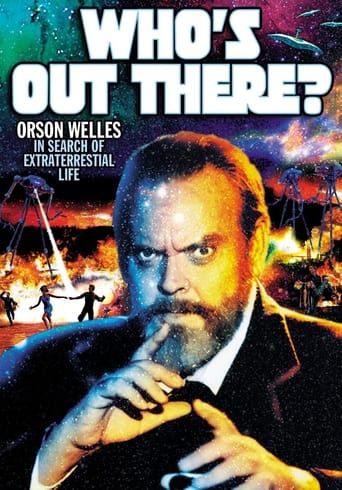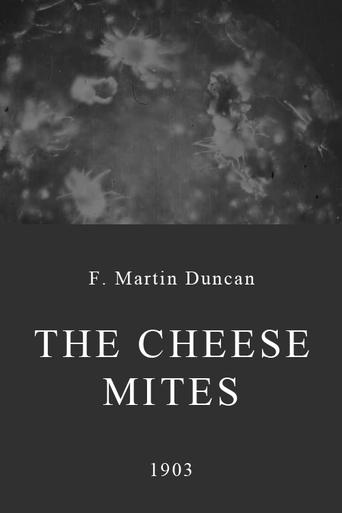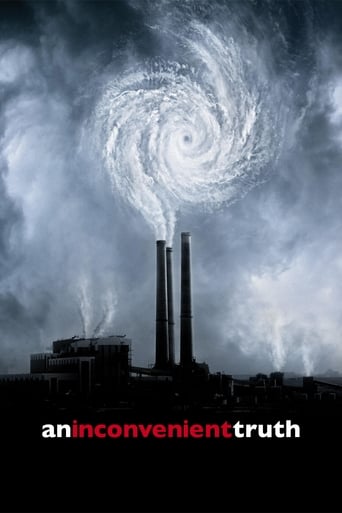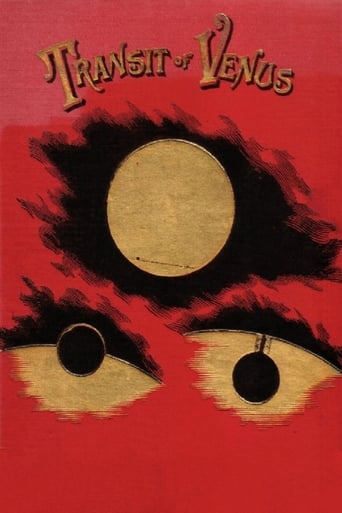
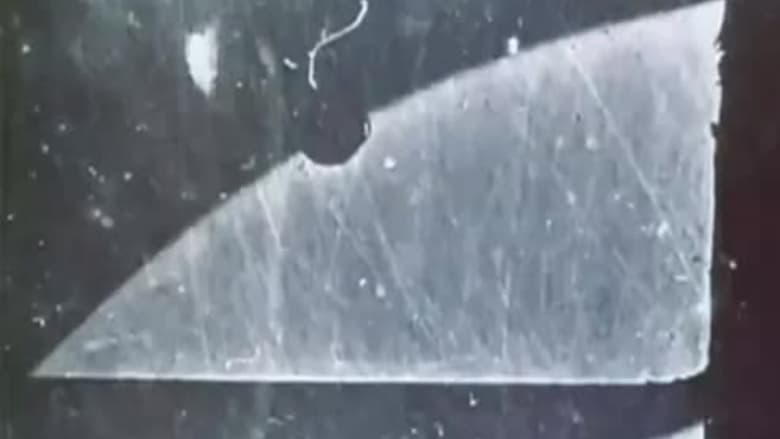
Passage of Venus (1874)
Photo sequence of the rare transit of Venus over the face of the Sun, one of the first chronophotographic sequences. In 1873, P.J.C. Janssen, or Pierre Jules César Janssen, invented the Photographic Revolver, which captured a series of images in a row. The device, automatic, produced images in a row without human intervention, being used to serve as photographic evidence of the passage of Venus before the Sun, in 1874.
Watch Trailer
Cast
Similar titles
Reviews
Memorable, crazy movie
Instant Favorite.
The acting is good, and the firecracker script has some excellent ideas.
Each character in this movie — down to the smallest one — is an individual rather than a type, prone to spontaneous changes of mood and sometimes amusing outbursts of pettiness or ill humor.
How could anyone (besides an idiot) give this short such a stinking low rating? I'm annoyed at what I'm seeing. This is one of the first attempts at making a film, and you idiots give it a 2? A 3? That is really poor on your part. I'll tell you why.First of all, where do you think today's movies came from? Did cinema evolve out of nowhere? Of course not! Cinema had to progress. People had to get their ideas, experiment, mess around, whatever. You cannot give this such a low rating! Yeah, it's a scratchy mess, and it's impossible to identify what it's about, but you have to start somewhere. Maybe it's not exactly a great film, but it deserves at least a 7.The guy who gave it a 10 was really thinking about it. He understood. You cannot criticize it for its scratchiness or anything. The fact it is one of the earliest attempts at filmmaking is enough. Okay, I will admit it's not a true film. As IMDb's summary states, it is merely photographs, and is not filmed. The first true film was Louis le Prince's "Roundhay Garden Scene" in 1888, but until then this is a good effort. It is also important because the event it portrays is a once-in-a-lifetime experience that we wouldn't be able to witness today. But, thanks to Pierre Janssen, we can.
This film won every award at the 1874 Oscars.The very first moving picture was of the planet Venus.... taken from a time when we though every planet in the solar system could contain life... the person who filmed this must have wondered if anything was looking back at him from Venus....
To most this may look simply like a home movie. But it's labeled the first movie ever actually made on IMDb. That's no small accomplishment. This 1-2 second movement of Venus across the sun is not only mentally exciting, but also incredibly groundbreaking. I myself cannot confirm if it's actually Venus going across the sun, but if it is, it also showcases an excellent appearance of space movement, which was still in its relative infancy in photography.I doubt this was actually filmed frame by frame. They could've most likely just took a few photographs on a standstill camera and wrapped them all together to create the illusion of movement. But hey. Isn't that what stop motion is about? So not only is it the first movie ever, the first movie to show the sun looking good, it's also the first stop motion movie ever made. Isn't that incredible?I probably would've given this a lower rating if it was newer, but since it's the first of it's kind, I think it's well deserving of a 9.
On 8 December 1874, French astronomer Pierre Jules César Janssen recorded a series of images with his photographic revolver of the transit of Venus between the Earth and the Sun. Plans to observe the astronomical event had been in the making for some time, and records made by Janssen's method required the invention of a new camera. Since then, historians have considered this a turning point in pre-cinema history and the history of photography or as the beginning of the invention of motion pictures. One film historian, for example, called Janssen "the originator of modern cinematography" (Friedrich von Zglinicki, quoted by Hermann Hecht in "Pre-Cinema History"); while Virgilio Tosi has said of Janssen's revolver photographique, that it was "a genuine scientific cine camera in embryo". Generally, the revolver photographique figures as a starting point for Chronophotography and is cited as especially of influence on the work of fellow French scientist Étienne-Jules Marey (see "Falling Cat" (1894)).Janssen presented his plans to photograph the transit of Venus with his revolver and had the first version of the camera built by clockmaker Eugène Deschiens in 1873. The camera was called a "revolver" because of its similarities to the firearms, such as those introduced by Samuel Colt. Others have said that "revolver" is a misnomer or that the camera is more similar to a machine gun. Before Janssen, others had tried to record sequential photographs; reportedly, Englishmen, one named Thompson and the other Thomas Skaife, invented cameras that made several images. Others photographed staged and slightly altered poses in lieu of being able to take instantaneous sequential pictures. Gaspard-Félix Tournachon (also known by the pseudonym Nadar) did this for a revolving self-portrait circa 1864. Similarly, in 1870, Henry Heyl photographed a couple in a series of waltz poses, and he synthesized their motion via the projection of his Phasmatrope.Many of these early cameras, which can be viewed at the George Eastman House website, very much resemble guns, as does Marey's later photographic rifle. It seems an appropriate combination of two technologies that emerged earlier in the 19th Century and which allowed for the development from still photography to that of instantaneous and serial images. Despite their mechanical similarities of rotation, however, Janssen's cameras are only cylinders. The second version made in 1874 by the father and son instrument makers Redier, featured intermittent movement of the Daguerreotype metal plate by means of Maltese-cross gears. This cylindrical camera, which could be operated either manually or automatically, was attached to a horizontal telescope that was pointed at a small heliostat, to record 48 images in 72 seconds of the "Passage de Vénus".Janssen's team of eight people traveled to the Kompirayama hill in Nagasaki, Japan for the event, while two other members of his party went to Kobe, Japan. The next day, Janssen reported that his observations were a success, despite the caveat that it was "cloudy at intervals". Unfortunately, as the sources mentioned at the bottom have discovered, this record is no longer known to exist. The plates from several English parties who used cameras based on Janssen's for the transit don't seem to have faired too well, either, over the years—except for at least one that has been said to still be known to exist. (By the way, the English cameras were by John Henry Dallmeyer, who is also notable for having provided the lenses that helped to make possible Eadweard Muybridge's "automatic electro-photography" beginning in 1878 (see "Sallie Gardner at a Gallop" (1880))). The animation of images available on the web, including at YouTube, and in Tosi's educational film mentioned at the bottom are of a simulation conducted by Janssen earlier in 1874. Janssen presented artificial passages to the Académie des Sciences on 6 July 1874.In addition to arguably being the first instance of cinematography, these images are also early examples of time-lapse photography and of scientific filmmaking. (By the way, part of Tosi's thesis is that cinema was invented out of the research needs of science by the likes of Janssen, Muybridge, Marey and others and not as spectacle, i.e. by the likes of Thomas Edison, W.K.L. Dickson and the Lumière brothers).Chronophotography, or cinematography, weren't of main interest to Janssen, though, but, rather, a means to aid his scientific research, as was also the case for Marey. Of the rest of his life, Janssen was an accomplished astronomer, including discovering the gas helium. Nevertheless, he continued to take part in the invention of motion pictures in another way, by appearing in the work of Marey and the Lumière brothers. These Frenchman, of course, would be among the first to invent celluloid film cameras and projectors. On 1 January 1884, Janssen posed wearing a turban and smoking a cigarette for close-up chronophotographs on a disc made by Marey (see the book "Picturing Time" by Marta Braun). On 11 June 1895, he was among the French photographic society filmed disembarking from a boat in "Débarquement du congrès des photographes à Lyon", which the Lumière brothers projected the next day at a private Cinématographe screening for them. Janssen also appeared in the Lumière film "Discussion de Monsieur Janssen et de Monsieur Lagrange", for which during the projection of it, he and Lagrange hid behind the screen and reenacted the dialogue of that discussion (source: Stephen Herbert, Who's Who of Victorian Cinema website). Additionally, Janssen met Edison in 1889 while the "Wizard of Menlo Park" was in Paris and introduced him to the Académie des Sciences and to Marey (source: Braun). Although most people today may not know much about the true invention of the movies, Marey and the Lumière brothers knew whose shoulders they were standing on.Main sources: the essay "Jules Janssen's 'Revolver Photographique' and its British Derivative, 'The Janssen Slide'" by Françoise Launay and Peter D. Hingley and the book "Cinema Before Cinema: the Origins of Scientific Cinematography" and film "The Origins of Scientific Cinematography: the Pioneers" (1990) both by Virgilio Tosi.

